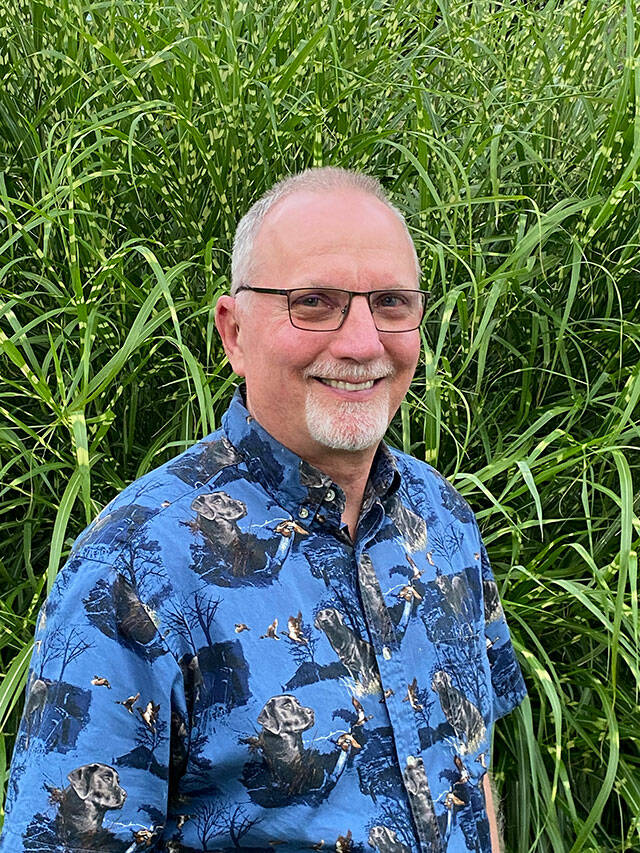By the time you read this, Halloween will have passed. I use “passed” because that’s the word Americans use to describe death. People don’t die, they just pass away—to another place, be it Heaven, Hell or another state.
Halloween has become more popular over time, yet there is a paradox that takes place: Americans rarely show the body of the dead during funerals any more and yet Halloween is a time for of ghosts, goblins and the dead.
When I was a child back in the 1950s and 1960s and attended funerals, there was almost always an open casket with the dead person dressed in their finest, lying in state. Makeup was often applied to make them look more like they were asleep. Mourners would pass by the open casket and gaze on the body.
Today, memorial services are far more common. If there is a casket, it is likely closed. If someone wants to see the body, they go to the funeral home for a private viewing. Often, the body is cremated rather than buried. This is the result of the high cost of burials and embalming. According to one mortician, prices for cremation have risen to ensure continued cash flow.
Those of you who are really “into” Halloween decorate your yards with artificial cobwebs, spiders, ghosts, skeletons, and gravestones, often with humorous epitaphs like “Al B. Back”. Zombies have become a familiar feature on Saturday cartoons for kids. At least one recent T.V. commercial depicted a zombie whose arm falls off.
Halloween has its origins in ancient Celtic Britain. According to Britannica.com, Halloween, contraction of All Hallows’ Eve, a holiday observed on October 31, [is] the evening before All Saints’ (or All Hallows’) Day”
Nov. 1, the day after Halloween, was considered the beginning of winter in ancient times. Herds of cattle or sheep were returned from their pastures and land contracts or tenures were renewed. During this festival,
“The souls of the dead were believed to return to visit their homes, and those who had died during the year were believed to journey to the otherworld…. [People] sometimes wore masks and other disguises to avoid being recognized by the ghosts thought to be present so that beings such as witches, hobgoblins, fairies, and demons came to be associated with the day.” .
In the 600s A.D., the Pope tried to turn this pagan secular festival into a Christian commemoration of past saints. “By the end of the Middle Ages, the secular and sacred days had merged” . The Catholic Church used pagan holidays and repurposed them into Christian holy days.
Today, children love to dress up in various costumes and go door to door saying “Trick or treat”, which was originally a statement of extortion: “Either give me a treat, or I’ll give you a trick (a prank of some sort).” Carved out pumpkins, jack-o’ lanterns, were supposed to represent a demonic face with a candle inside.
Early American Protestant colonists forbade Halloween, but with the coming of large numbers of Irish Catholics in the mid 1800s, the practice was revived into one of America’s most popular holidays.
It’s clear that Americans, especially, are uncomfortable with death with all its pain, loss, and changed lives. Yet Halloween has morphed into a time of fun and celebration.
The origin of Halloween is largely unknown or not cared about by most Americans. It’s seen as one of the highlights of the year for children who get to dress up in costumes and collect bags of candy. Ghosts and skeletons and gravestones may be present in this celebration, but in fact, the reality of death is trivialized.
We have all heard the term “gallows humor” when those about to be executed would make jokes as they saw their compatriots being put on wagons to be executed. Humor is a way to cope with tension and discomfort. It’s a stress reliever.
Am I overreacting? Maybe, but death is a scary, painful event for all who witness it. Is there life after death? We don’t know for sure. In Halloween we have turned death into a celebration. From one perspective, Halloween is a form of cultural and human denial.
Whether Halloween is a healthy reaction to the reality and finality of death is another question entirely; just as “Happy Halloween” is an odd juxtaposition of happy and Halloween, given its origins and symbolism.


